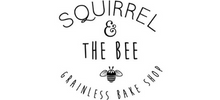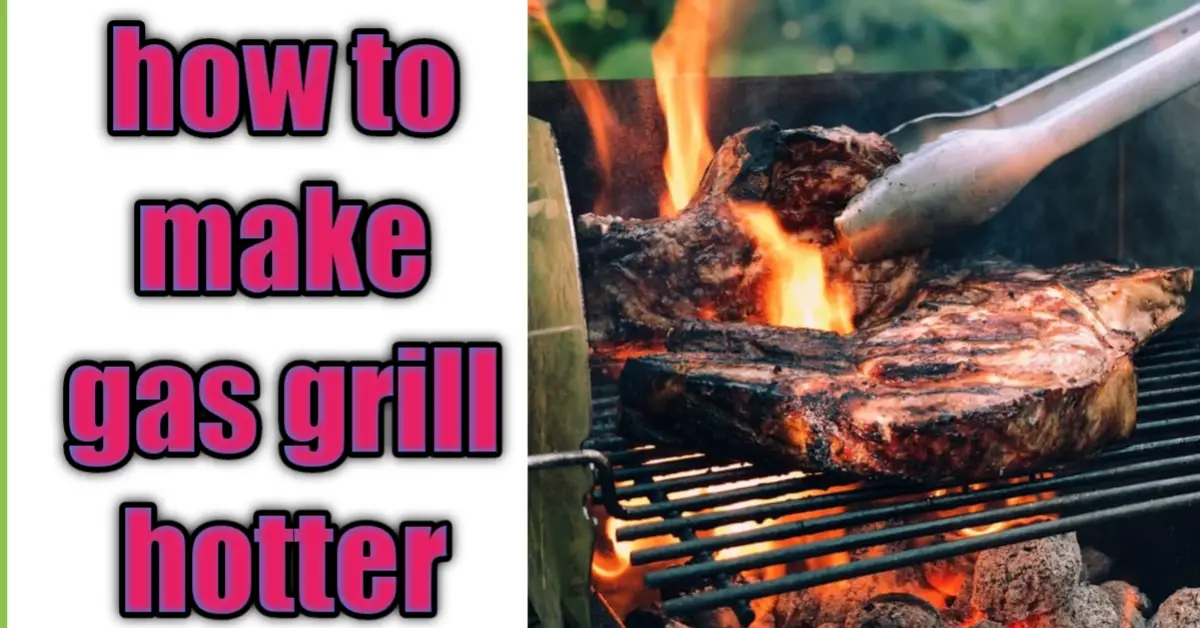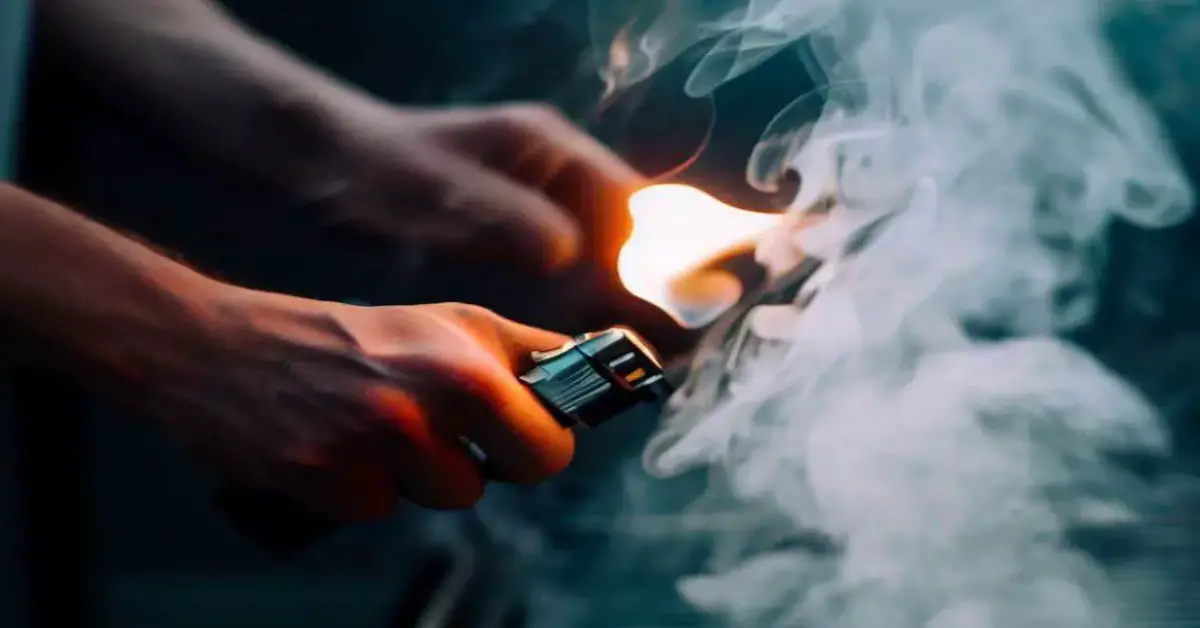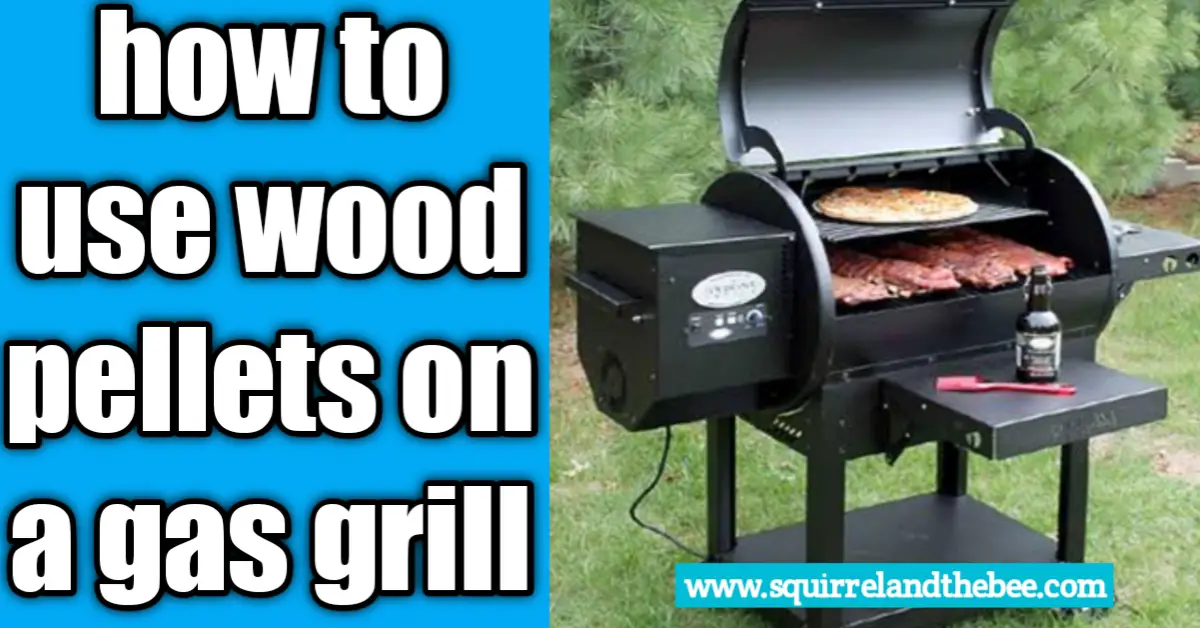how to make gas grill hotter
Although convenient, it is only a poor substitute for high-temperature grilling with actual charcoal. Many cart grills operate like repurposed butane burners: Unless you consider grease flare-ups to be “smoke,” the grill marks are never as thick and black as you would like them to be, and there is no ambient smoke to flavor the food. Therefore, we decided to seek guidance from a professional on how to get gas grills nice and hot.
Preeti Mistry, a former proprietor of the Juhu Beach Club and Navi Kitchen and a veteran of ‘Top Chef’, revealed to us how you can modify your Weber propane grill to produce as much heat as if it were burning mesquite with just a few expanding grates and a bag of lava rocks. We’re discussing a constant 500°F (260°C) or higher. That entails juicy, browned, delectably crusty meats.
Mistry gave us a demonstration on a lovely afternoon in the chef’s Oakland backyard because we had to see it for ourselves. The hack produced a delicious hanger steak that had been cooked and seasoned with chaat spices. True, the completed product doesn’t resemble a steak that has been grilled over charcoal, but Mistry was able to increase the heat and, more importantly, maintain it high after multiple lid lifts. It is a practical answer to the gas-grill conundrum and merits reintroducing during any summer grilling season. To achieve that desired sear, adhere to the instructions listed below.
How to hack your gas grill to burn hotter?
1. Gather your tools. Expandable grill grates and enough lava rocks to create a densely packed single layer on top of those grates are required to adequately cover the burner on your barbeque. Check out the lava rocks and expandable barbecue grate on Amazon.
2. Take off the grill’s cooking grates, and then use the expanded grates you bought to completely enclose the burner.
3. Spread a thick layer of lava rocks over the grates.
4. Put the cooking grates back in place and turn on the burners as usual. As your grill heats up, keep the lid closed.
4. Put the cooking grates back in place and turn on the burners as usual. As your grill heats up, keep the lid closed.
5. Give your grill at least 20 minutes to reach 500°F (260°C) in temperature. When you lift the lid, the temperature won’t drop because the lava rocks will hold onto the heat. Flip the rocks over as necessary because, after repeated applications, they will ultimately become covered in rendered fat. Depending on how frequently you grill, you’ll probably need to replace the lava rocks every few months.
How hot should my gas grill get?
The surface temperature of the majority of grills should reach between 500 and 1,000 degrees Fahrenheit. In other words, the cooking grate should read between 500 and 1,000 degrees Fahrenheit when a laser thermometer is shone directly on it. You may grill succulent meats with a blackened outside and juicy interior at this temperature.
Remember that the temperature of your burning wood or charcoal will probably exceed 1,000 degrees Fahrenheit. Burning charcoal or wood can easily reach temperatures of 2,000 to 3,000 degrees Fahrenheit. Your meat won’t, however, be in direct contact with the flames. Your meat will cook more slowly because cooking grates are typically set several inches above the fire.
What is the reason my gas grill does not get hot?
You’ll need to raise the temperature if your grill isn’t heating up to cook succulent grilled meat. You can change the temperature on a gas grill by turning the burner-specific knob. However, there are no temperature control knobs or buttons on charcoal grills. However, there are still several ways to increase the heat on your charcoal grill.(how to make gas grill hotter)
USE a cast iron grate:
The temperature at which your meat cooks will depend on the kind of metal used to make the grill’s grate. Steel or cast iron is the most used material for barbecue grates. Although steel grating is typically less expensive, cast iron grating offers better heat retention. Because cast iron has high thermal conductivity, it can absorb and hold heat more effectively than other metals like steel. Consequently, by switching from a steel grate to a cast iron grate, you can increase the heat of your grill. Just be sure to get a cast iron grate that fits your grill properly in terms of size.
Lower the grate:
You can increase the heat of your grill in addition to employing a cast iron grate by lowering the grate. Your meat will cook at a lower temperature the higher the grate. You can raise the temperature at which your meat will cook by reducing the distance between it and the fire. Of course, not every grill has a grilling grate that can be raised or lowered. However, if your grill’s grate height is adjustable, try lowering it until it’s about an inch away from the fire.
Use lamp charcoal:
Using lump charcoal in place of charcoal briquettes is another option to increase the heat of your grill. Large, nearly pure carbon bricks make up lump charcoal. In contrast, the components that makeup charcoal briquettes are bound together by burning sawdust and other materials. Although similar in size, lump charcoal performs best when used for grilling. In comparison to charcoal briquettes, it burns hotter, cleaner, and with less ash. You can make a fire that is ideal for grilling meat by using lump charcoal.(how to make gas grill hotter)
Use Kiln dry wood:
Choose kiln-dried wood for the highest temperature if you’re going to use wood to add flavor. Even though every type of wood has moisture in its pores, some types have significantly more moisture than others. A tree’s wood may have a moisture content of 100% or more when it is first removed. At 100%, moisture accounts for 50% of the weight of the wood. Because of this, it’s challenging to light, and even if you succeed, the wood won’t burn very hot.
However, kiln-dried wood burns hot due to its low moisture content. When wood is dried in a kiln, it is put inside a sizable drying oven. The wood’s pores are pressed to release moisture during the kilning process. The finished product is kiln-dried wood that burns hot and is simple to fire. You may grill meals with more heat if you select kiln-dried wood rather than fresh, green, or air-dried wood.
Keep the Lid closed;
Keep the lid on your grill closed when using it to keep the heat within. Pitmasters frequently examine their meat while it grills by opening the lid every few minutes. However, each time you open the lid, heat will escape from the grill. Therefore, keep the lid closed if you’re having trouble reaching a surface temperature of 500 to 1,000 degrees Fahrenheit. When you have finished placing your meat on the grate, shut the lid and wait to open it again until you are ready to flip the meat. When you flip your meat, you’ll still need to open the lid, but that’s okay. It shouldn’t significantly affect the temperature of your grill as long as you regularly monitor it and keep it closed.(how to make gas grill hotter)
Open the Dampers:
While the dampers should be open, the grill lid should remain closed. Of course, your grill’s adjustable air vents are dampers. Typically, there are two dampers on charcoal barbecues. The top of the lid houses one damper, and the bottom of the grill houses the other damper. These dampers are designed to provide you with more control over the grill’s temperature. The fuel compartment of the grill is sealed off when the dampers are closed. And the fire will finally go out without fresh air.
On the other hand, when the dampers are open, the fire will draw in new air, allowing the charcoal or wood to burn hotter. By adding more oxygen to the burning wood or charcoal, fresh air serves as fuel. Your grill will heat up as the oxygen fuels the fire. So, when grilling, keep in mind to open the dampers to achieve the highest temperature.
Do not block the damper with charcoal:
To avoid unintentionally blocking the dampers, take care when adding charcoal or wood to your barbecue. The majority of charcoal grills, as was already noted, feature a damper at the bottom. This damper could become blocked by wood or charcoal because it is placed around the fuel chamber. As a result, you ought to place your wood or charcoal away from the damper. The ideal distance between the charcoal or wood and the damper is at least 1 inch. It can impede airflow and lower the temperature of the grill if it is any closer to the damper.
Add food directly over coal:
To reach the hottest cooking temperature, position your meat directly over the coals, whether you’re using charcoal, kiln-dried wood, or both. Your meat won’t likely get hot enough to sear the exterior if you put it to the left or right side of the grate, where it’s not directly over the fire. You can avoid the inconveniences related to low grilling temperatures by positioning your meat directly over the fire. Don’t let the lack of heat affect your grilling activity. To meet all of your grilling and smoking needs, purchase a Primo Oval All-in-One today.




